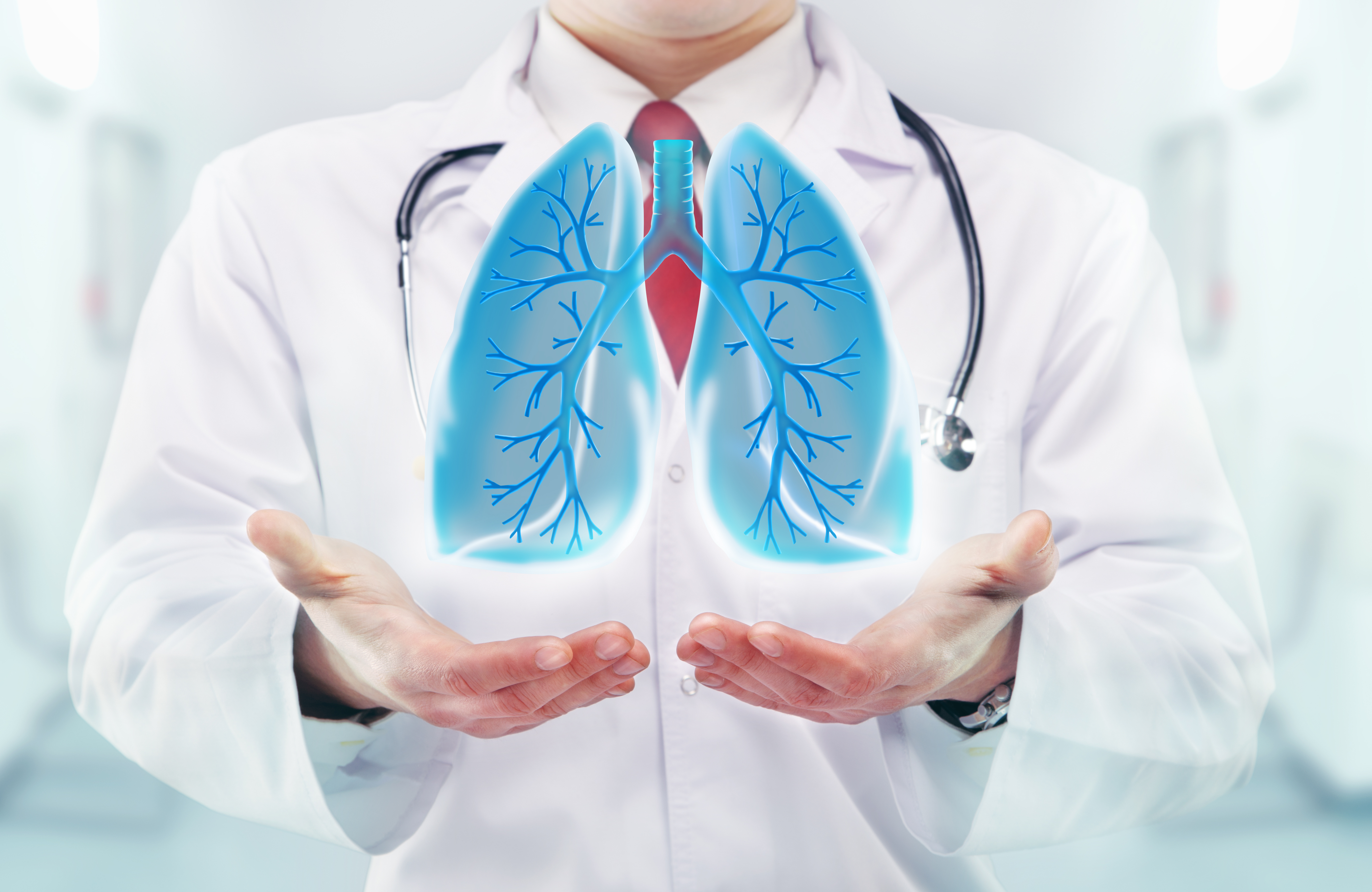Systemic Sclerosis Patients with ILD Seen to Have High Levels of Defensins in Lungs

A new study showed that systemic sclerosis patients with interstitial pneumonia (SSc-ILD) have elevated levels of defensins in their lungs. Defensins are immune molecules with antimicrobial and inflammation regulatory properties. The study, titled “Association of elevated α-defensin levels with interstitial pneumonia in patients with systemic sclerosis,“ was published in the journal Respiratory Research.
Defensins are secreted by immune neutrophil cells, often seen to accumulate in the lungs of SSc-ILD patients. Neutrophils also release interleukin (IL)-8, an immune molecule that can attract more neutrophils and other immune cells to the infection or inflammation site. High levels of IL-8 in the lungs of SSc-ILD patients have been observed in earlier studies.
The research team — led by Dr. Noriho Sakamoto and colleagues from the Nagasaki University, Japan, in collaboration with the University of Occupational and Environmental Health, Kitakyushu, Japan — recruited 33 SSc-ILD patients and 20 healthy controls and measured α-defensin levels both in the bronchoalveolar lavage fluid (BALF), or surface liquid in the lungs, and in the blood plasma.
The team found higher levels of both defensins and IL-8 in the lungs of SSc-ILD patients, and also noted that the levels of these factors were correlated to each other. Both factors also correlated with the amount of neutrophils in the lungs. Since defensins are known to induce the release of IL-8 in other tissues, it is likely that defensins in the lungs cause a series of events, where release of IL-8, in turn, attracts more neutrophils.
The levels of defensins and IL-8 also correlated with clinical parameters of the disease, such as ILD biomarkers, pulmonary function tests, pulmonary pressure, the ratio of neutrophils and eosinophils in BALF, and the extent of abnormal findings in computed tomography (CT)-scans of the lung.
However, neither defensins nor IL-8 were associated with disease progression, evaluated by lung function tests measuring vital capacity. Also, the team could not detect any differences between patients and controls in defensins or IL-8 levels in the plasma.
The authors concluded that, given the current findings, more efforts should be made to explore why defensins and neutrophils accumulate in SSc-ILD lungs, and how they contribute to the disease.






